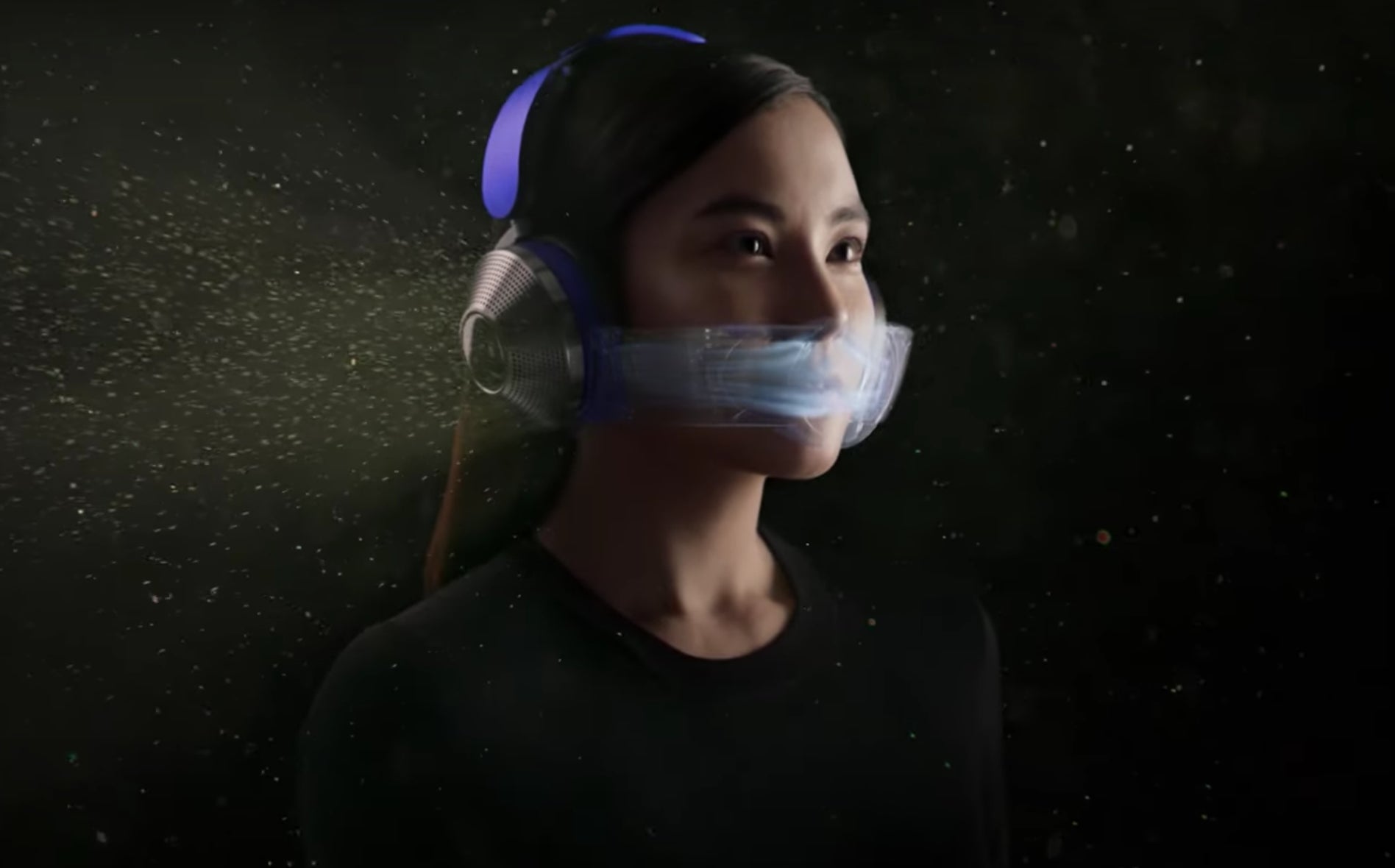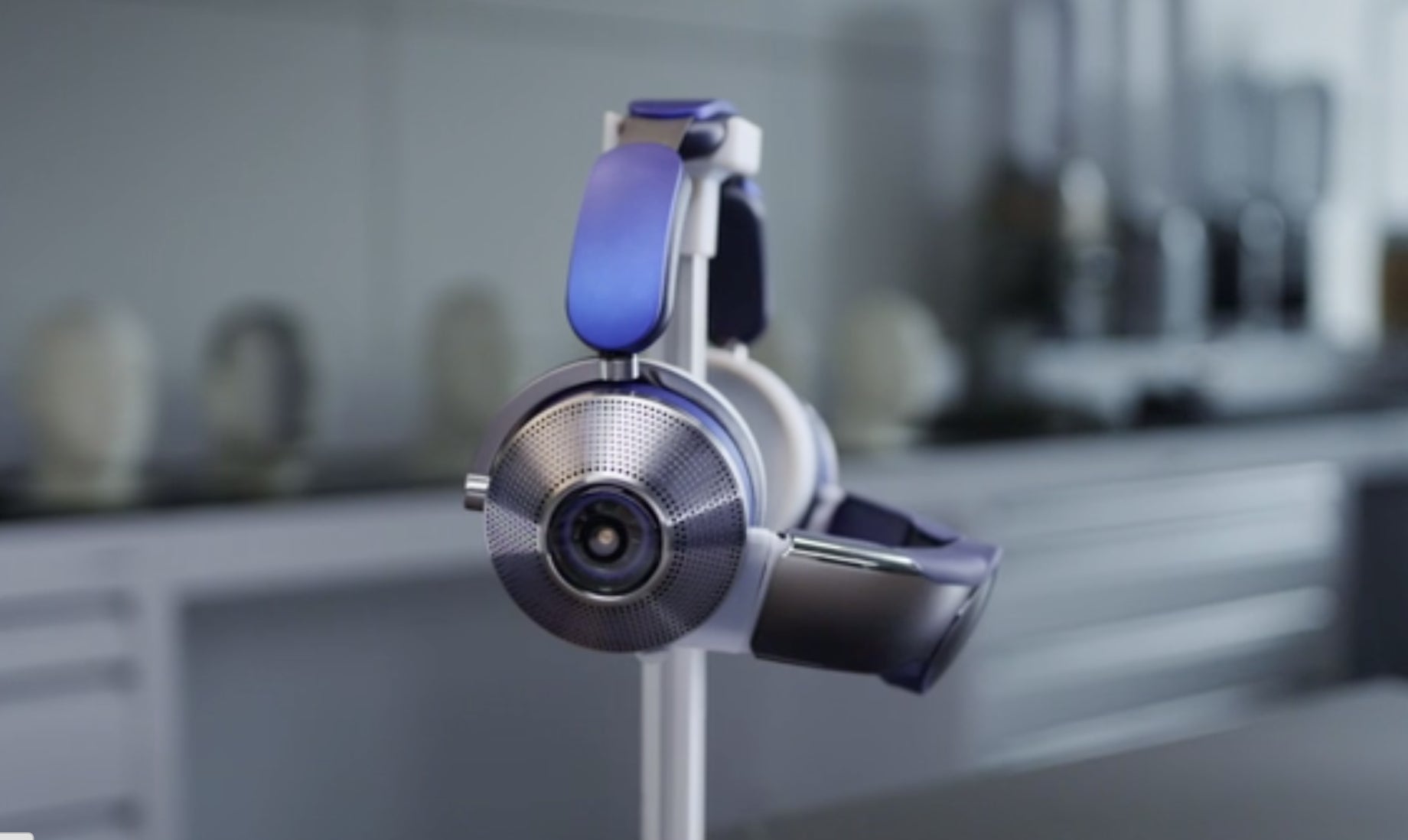Dyson Zone: Do we really need headphones that purify air?
Dyson, the British maker of high-end vacuums and hair tools, on Wednesday unveiled headphones that double as a personal air purifier.


Dyson, the British maker of high-end vacuums and hair tools, on Wednesday unveiled headphones that double as a personal air purifier.
The new device, called the Zone, is comprised of over-the-ear headphones and a visor that runs across the mouth and nose, creating a clean air bubble for the user while simultaneously blocking city noise. The design is expected to hit stores this fall.
While it may look like something out of a sci-fi movie, tens of millions of people across the globe already struggle with harmful air and noise. The WHO estimates nine in 10 people globally breathe air that exceeds its guideline pollutant limits with countries like Bangladesh, India and China suffering such intense smog that it sometimes halts business and shuts down schools. More than 100 million people, around 20% of the European population, are exposed to long-term noise exposure above WHO guidance.

This urban malaise is only expected to be exacerbated as the world’s population increases and more people pack into hyper-dense cities. Around 77 million people are moving from rural to urban areas each year, according to a UN World Cities report. The number of megacities—those with more than 10 million people—has more than doubled to 29 in 2016 from 14 in 1995.
Although the company did not disclose pricing, given that Dyson’s at-home purifiers cost several hundred dollars, a gadget like the Zone could fetch $500 or more.
Get in the zone with Dyson’s latest technology.
30 years of air filtration expertise pioneered into a wearable, high-end audio device. With a contact-free visor to supply a continuous stream of purified air to your nose and mouth. So, you can breathe cleaner air, anywhere.
— Dyson (@Dyson) March 30, 2022
Device creates more harm than good, some say
Online backlash against the device was quick, with some accusing the company’s technology of potentially worsening the spread of a respiratory diseases like covid-19. They raised concerns that the Zone, which operates by creating a stream of air flow around the person wearing, could spread that person’s germs to others around them.
The Dyson Snot Cannon is based on a pre-2020 understanding of public health. Prior to 2020 there was limited attention paid to the concept of “source control”. The source of the “bad air” was pollution- not us. The bad air had to be filtered coming in, surely not the other way? pic.twitter.com/mE9HEJilDB
— Naomi Wu 机械妖姬 (@RealSexyCyborg) March 30, 2022
Dyson did not immediately respond to Quartz’s request for comment.